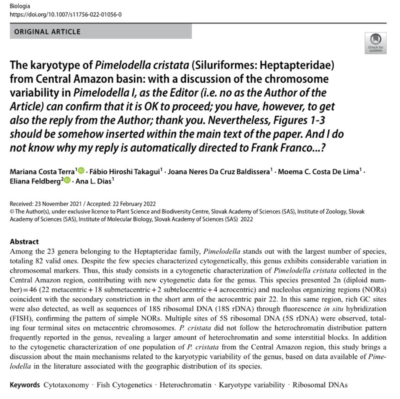Publications
Internet, March 2022
In the academic world, the verb “to publish” increasingly embraces two distinct meanings. On the one hand, it is about making public, sharing knowledge created by means of blog notes, working manuscripts or even preprints, all forms that imply little or no certification by peers. On the other hand, it is a question of providing specific certification and editing work, carried out by a publication outlet, teams within a publisher, a learned society or a journal. In the first case, speed, content and exchange are supposed to be favoured; in the second case, the preference is for a stabilised, archivable and durable form, which erases the traces of construction and the existence of successive versions.
But sometimes the two practices and their scriptural infrastructures become entangled. Against all expectations, it is here the title of the article that delivers the work at play during the exchanges between the magazine and the authors, the multiple intervening parties, the need for the material editing of the article, all in bold font. Should we rejoice at the behind-the-scenes surge to the forefront or be sorry that the article, so poorly formatted in its version of record, could be validated? Either way, this screenshot reflects a past state of the publication. After 10 days and a few hundred tweets with a tongue-in-cheek tone, the publisher produced a correction, pointing out the ” title error” and thus a new version of the article, with a much duller headline.
Attentive readers will no doubt click on the last sentence of this short correction : «The original article has been also been corrected.» Another typographical error on the part of the multinational publishing company’s subcontractors, but will it in turn, in an intertextual flick, lead to a correction of the correction?







